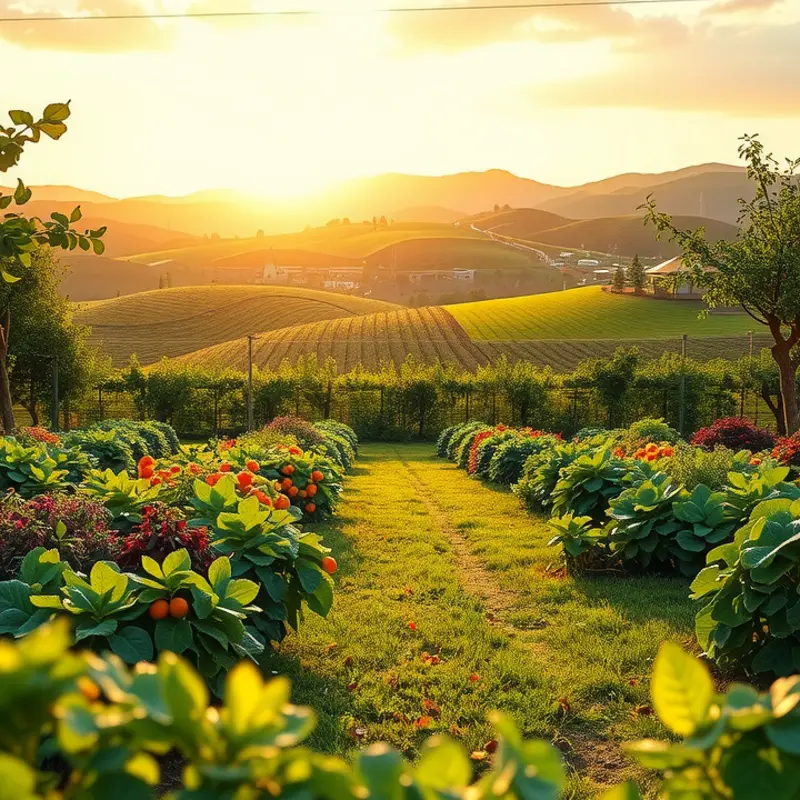Feasting is more than just the act of eating; it is a rich tapestry of culture, history, and community. Across the globe, different cultures celebrate life, honor traditions, and foster connections through the shared experience of food. Whether it’s a wedding feast, harvest festival, or religious celebration, these gatherings highlight the significance of cuisine in uniting people and expressing identity.
Feasting as a Symbol of Community and Connection

Feasting lies at the heart of human communities, transcending mere sustenance. Through elaborate meals and gatherings, food serves as both a physical and symbolic foundation for connection. Across cultures, feasts foster bonds, celebrate milestones, and solidify societal ties.
In many cultures, village feasts hold a pivotal role. For instance, the Nigerian ofala festival involves a traditional feast that cements the relationship between a ruler and their subjects. It showcases gratitude and affirms mutual loyalty, diving deep into cultural roots and expectations. Here, food becomes more than nourishment; it’s a celebratory bridge linking generations.
Similarly, in China, the Spring Festival or Lunar New Year highlights the power of communal meals. Families reunite from afar to share meticulously prepared dishes that symbolize wealth, prosperity, and togetherness. Each element on the table, from dumplings to fish, carries significance, reiterating hopes and dreams for the year ahead.
In contrast, the potlatch ceremonies of Indigenous peoples in the Pacific Northwest of North America highlight another communal dietary tradition. These gatherings focus on redistribution and reciprocity, reinforcing social structures through competitive feasting and gifting. Food here becomes a narrative of community status and generosity, offering sustenance to culturally bind communities.
European communal traditions, such as the Italian sagra, showcase vibrant celebrations centered around local produce and culinary heritage. Held in towns across Italy, these events invite friends, family, and strangers to enjoy food and forge connections. This not only strengthens community ties but also sustains local culture by celebrating shared agricultural bounty.
In the Middle East, the majlis represents hospitality and bonding through shared meals and stories. This tradition emphasizes welcoming and generosity, embodying the belief that sharing one’s table is an act of peace and openness. Such customs reinforce the idea that relationships thrive over shared meals, bridging personal and cultural differences.
These diverse examples reveal that, universally, feasting is a medium through which communities flourish and maintain resilience. Whether celebrating abundance or honoring heritage, these gatherings offer assurance, foster understanding, and facilitate shared human experience. The act of coming together for a feast underscores our shared desires for belonging and connection.
While modern conveniences have transformed dining habits, the essence of feasting remains unaltered. Cooking and sharing food continue as pillars of cultural identity and human connection. For those seeking to deepen these ties, exploring global culinary influences offers insights into how trade and food interchange shape cultural continuity. For a deeper understanding of culinary influences on food culture, explore this resource on culinary influences and trade. In embracing the tradition of feasting, we find pathways to bridge the old with the new, embracing deeper connections and shared joys.
Feasting Traditions: A Culinary Kaleidoscope

Feasting rituals across the world reveal vibrant tapestries of culture, where food serves as both a celebratory centerpiece and a reflection of collective histories. In Morocco, weddings showcase a rich culinary tradition that goes beyond mere indulgence. The Moroccan wedding feast often features mechoui, a lamb dish imbued with a symphony of spices, slowly roasted to perfection. It is not just a meal; it is a communal experience where family bonds are fortified with every joyful bite. The intricacies of preparing and sharing these dishes echo the Moroccan values of hospitality and community.
Crossing the Atlantic, the United States celebrates Thanksgiving with tables laden with traditional dishes. Turkey, cranberry sauce, and pumpkin pie are more than just staples; they narrate stories of early settlers and indigenous peoples, reflecting themes of gratitude and unity. The act of coming together with family and friends around a Thanksgiving meal underscores American ideals of sharing and thankfulness. These gatherings often serve as a pause to acknowledge and appreciate the abundance of life, a message resonating with the harvest origins of the festival.
On the opposite side of the globe, Chinese New Year dinners are an explosion of color and symbolism. Each dish is chosen with intention; dumplings for wealth, fish for prosperity, and long noodles for longevity. The communal meal symbolizes the importance of family unity, cohesiveness, and the hope of a prosperous new year. In Chinese culture, these dinners are a bridge between the past and present, connecting generations through time-honored recipes and traditions.
Such feasting traditions reflect the societal values and historical contexts unique to each culture. They are a celebration of identity and a reminder of shared heritages. As we gather around tables, foods tell stories beyond their flavors, often tracing the footsteps of ancestors and their resilience.
Incorporating heritage dishes without excessive use of salt or other modern flavor enhancers can be a challenge as discussed here. This careful balance preserves the essence and integrity of traditional cuisines, allowing future generations to savor not only the taste but also the stories embedded within each special dish. By embracing these culinary kaleidoscopes, we partake in a global celebration where food fortifies identity and culture alike.
Final words
Feasting acts as a powerful medium for expressing cultural identity and strengthening societal bonds. From elaborate weddings to simple family gatherings, the act of coming together over food transcends mere nourishment—it’s an encapsulation of traditions, values, and shared experiences. As food enthusiasts and culturally-curious readers, understanding the significance of feasting is an invitation to explore deeper connections with both the cuisine and the cultures that weave our global tapestry. Let these feasts inspire your own culinary adventures and foster connections in your community.








